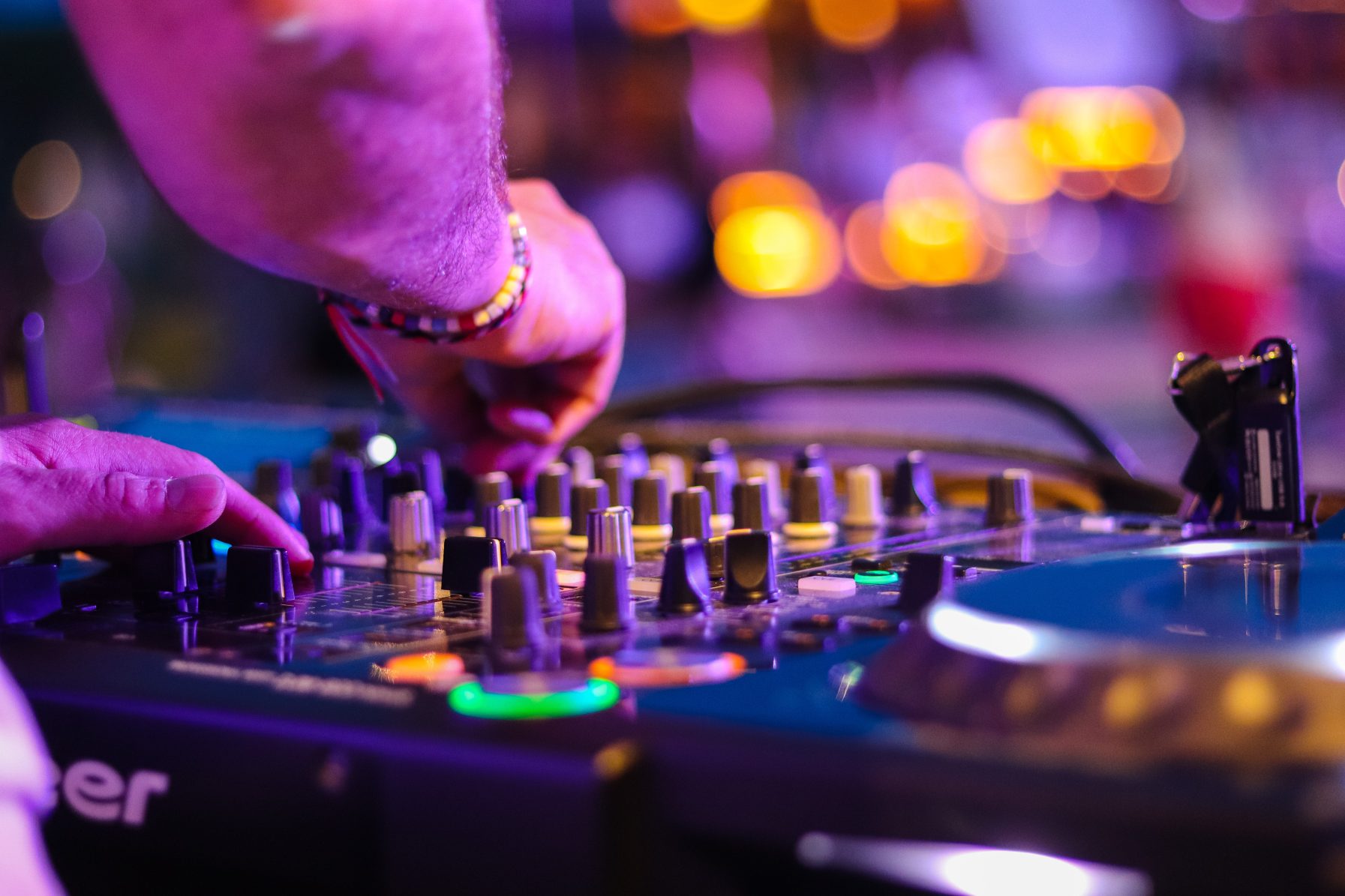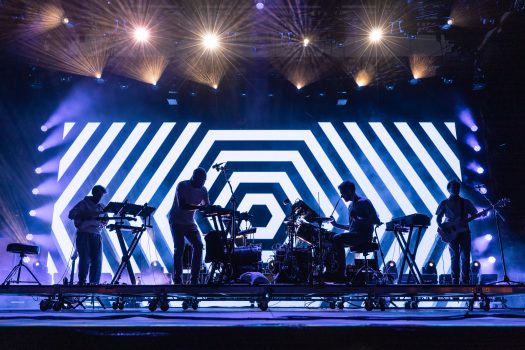Clubbing was never the same after house music came along. It’s difficult to fathom how a night out raving would sound today if house music hadn’t arisen in the 1980s as one of the foundations of modern club music.
The House Music’s narrative is lengthy and meandering, with numerous events to discover. But here’s a quick rundown of the genre’s history thus far to get you up to speed on all you need to know.
A Playback to the 1980s
According to history, house music arose from the ashes of disco. Up to 60,000 rock enthusiasts gathered in Chicago’s Comiskey Park in 1979 to voice their disdain for disco music. Steve Dahl led this anti-disco march, a blatant disc jockey who was dismissed from a Chicago radio station when it went all-disco. Dahl vented his dissatisfaction on air with his new position at a rock station. He also organized “Death to Disco” rallies, in which he destroyed disco records. The violent, inebriated protests drove disco underground, evolving into house music.
House music began at Chicago’s Warehouse nightclub. It was there that Frankie Knuckles, now regarded as the Godfather of House Music, came up with a completely new sound. Commonly referred to as the genre’s eponym, Frankie Knuckles combined dance music styles into a more mechanical formula, complete with distinct, deep bass lines in the Warehouse. Hence, people came to record stores asking if the warehouse music was available. Soon, they’ll drop the “ware” and shortly call it house music.

Defining House Music
If you’re not already familiar with house music, you’ve most certainly heard it without recognizing it. Kick drums that are four on the floor, swinging hi-hats, gospel-cut voice samples, exuberant chord progressions, and funk-inflected bass lines are all part of the genre’s distinct personality. While there is no definitive definition of house music, it does have several elements that make it easily identifiable.
House music is a type of dance music centered on electronic sounds. With that said, its most prominent feature is a fast and lively beat. DJs frequently used it to energize audiences and encourage them to dance along. The tempo varies from the slowest 110 to the quickest 130 beats per minute, although some songs may exceed. The pace is a four-by-four beat that repeats itself, thus another distinguishing characteristic.
It’s a genre that has spanned numerous stages of club culture worldwide. Because it’s such a repetitious kind of music, it’s not difficult to duplicate once you’ve mastered the basic formula. The genre feeds on repetition, but certain tracks stand out because of the intricacies in between.
House Music Today
House music isn’t going anywhere! Globalization, developing technology, cross-genre influences, societal shifts, and other factors have all contributed to the evolution and development of this influential musical style. But, more importantly, there are still producers who are inventing and pushing the sound forward.
House music is currently regarded as a catch-all term for different electronic music styles, or EDM, as we call it today. It has birthed sub-genres such as Acid House, Afro House, Bass House, Chicago House, Deep House, Electro House, Funky House, Future House, Garage House, and Latin House. That is the value of house music: it can be recycled and remixed with sounds from various genres. From its roots, house music is consistently evolving and spawning new identities.
Thoughts for the Conclusion
Music has had a significant impact on human civilization. It keeps people alive, relaxes them, and even becomes a means of earning money. House music is one of the most significant music genres, and it has been developing and evolving throughout time.
Unpopular music genres will always exist. Someone, somewhere, will continue to faithfully listen to them. These genres are not dying; as the year progresses, they evolve and adapt.




